1) Vocabulary, concepts, and language expansion.
This is probably the most common way to use these books and the way in which most of you are familiar with, so there really isn’t too much to explain here. The repetition that you get from an interactive book can be quite helpful for students who really struggle with basic vocabulary and concepts. Bonus tip: A fun way to review the vocabulary words you just target is to play a “what’s missing?” game. If the interactive book was specifically developed to target vocabulary, I like to take out 4 of the picture squares and place them on the table for my student to see. Then, I take one away and ask them what’s missing. This is a fun way to review the vocabulary words that were targeted in the book.
2) Fluency.
Flipping through an interactive book is a great way to address fluency at the sentence and/or reading level. Have your student go through and read the book or ask them to create their own sentence as they look at the pictures on each page.
3) Articulation and phonological disorders.
Interactive books are a great way to work on speech goals once you move past the word level. You can ask wh-questions about the pictures within the book, have the student describe what is going on in the book, or have them read the book.
Do you use interactive books in your speech therapy sessions or classroom? I’d love to hear about your experience! If you’re looking to give interactive books a try, then you’ll want to check out this Back to School FREEBIE I created to target basic vocabulary. If you find it useful, then you might be interested in my Interactive Books ALL YEAR club which is a cost effective way to continuously get new interactive books all year long!
Want to know about more posts like this, freebies, and exciting discounts? Sign up for email updates today!
Get the latest posts, podcasts, and freebies!
Never miss another great freebie, post, or deal. Sign up for email updates today!
Success! Now check your email to confirm your subscription.


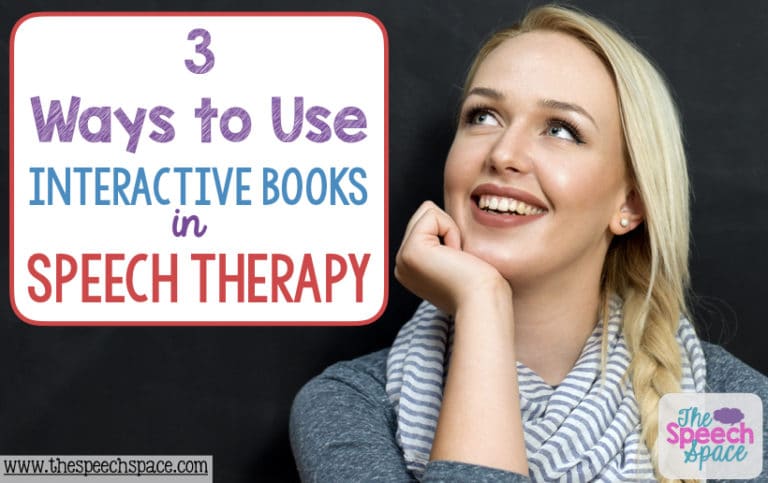



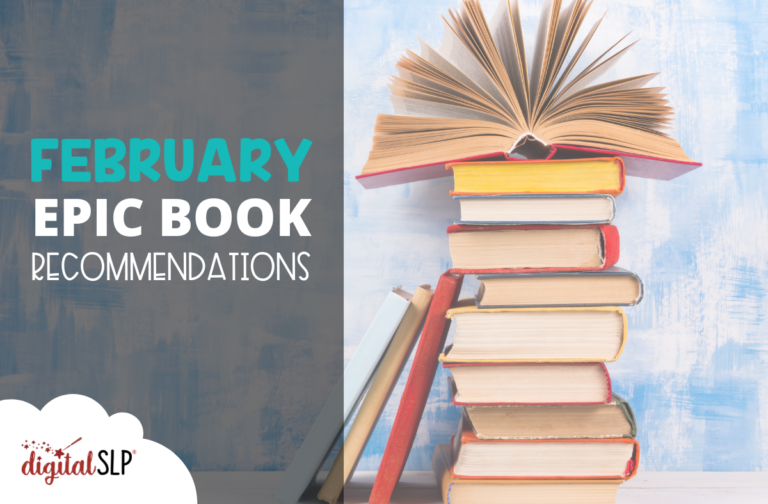
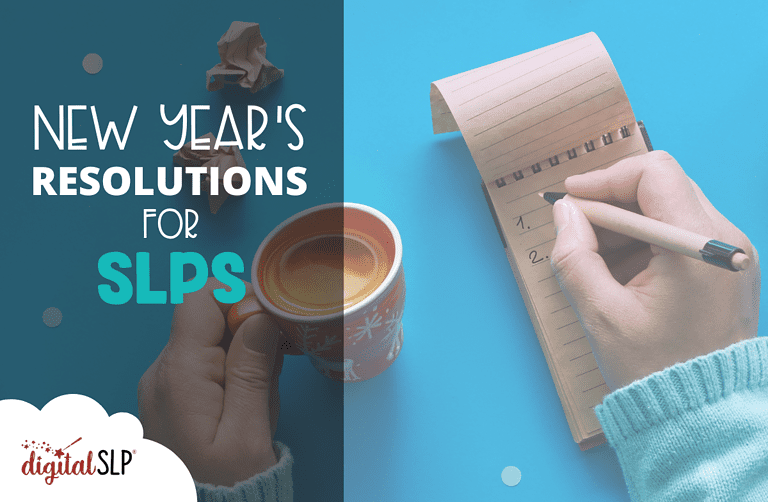
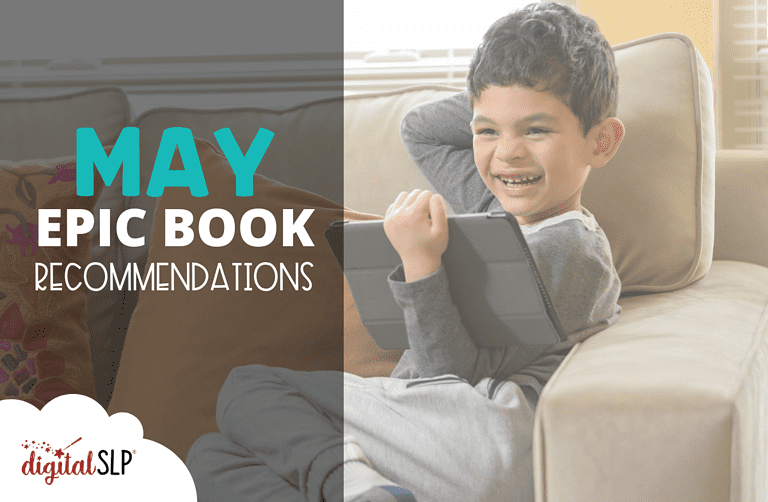
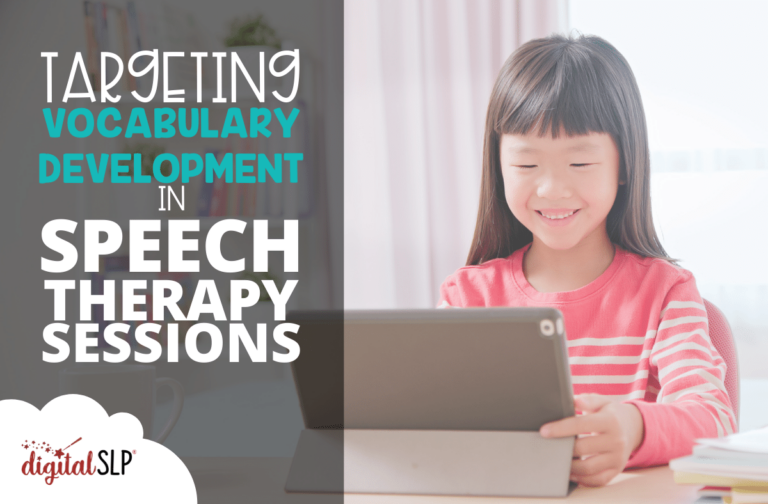
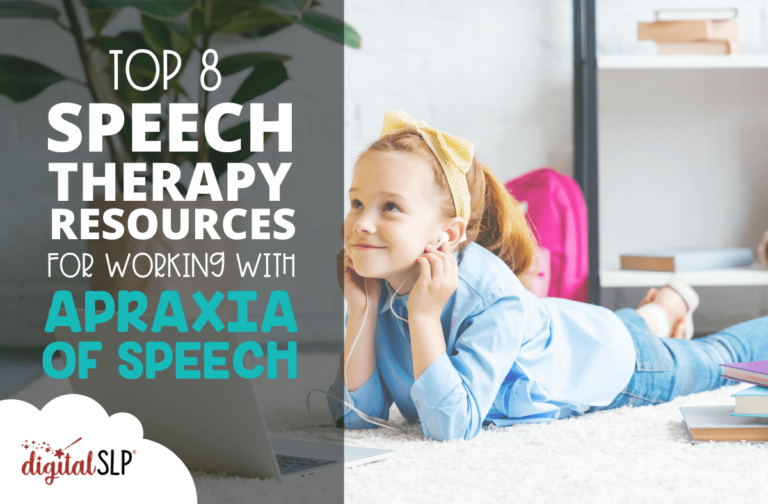
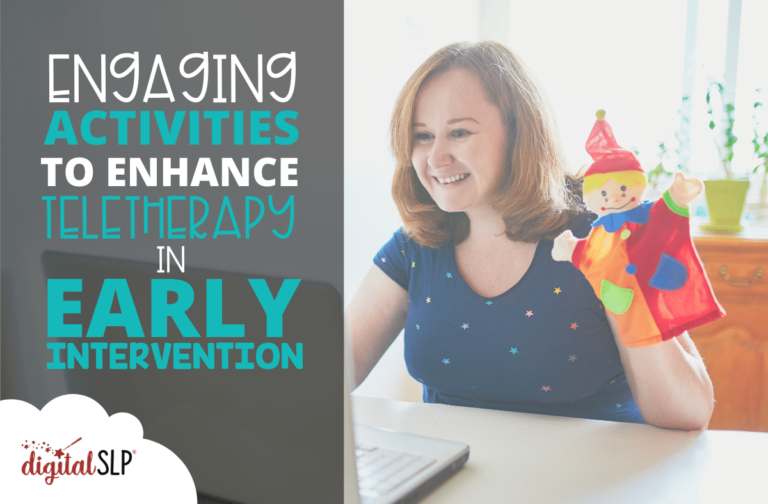

Recent Comments